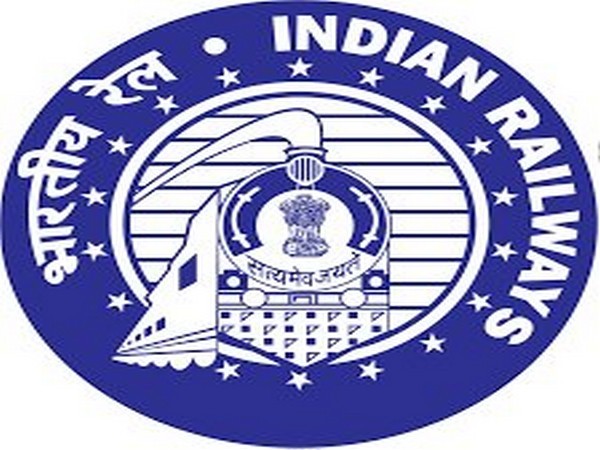New Delhi: Keeping with the Railways’ mission of 100 per cent electrification and de-carbonisation, Diesel Locomotive Works (DLW), Varanasi, has converted a diesel locomotive to run on electric traction at almost twice the power, an official said on Thursday.
“Indian Railways has created history by first-ever conversion of a locomotive from diesel to electric traction with almost double the power with indigenous technology under Make in India,” a senior Railway Ministry official told IANS.
He said the new electric locomotive entered into service with Northern Railway on December 3.
The official claimed that the DLW officials, for the first time in the world, have converted an engine from diesel traction to electric traction.
Explaining the rationale, the official said they had planned to discontinue mid-life rehabilitation of diesel locomotives and convert them to electric traction and gainfully utilise them for their maximum service life.
“Midlife rehabilitation of diesel locomotives costs around Rs 5 to 6 crore beyond 18 years. But only 50 per cent of this expenditure has been used for conversion to electric traction,” he said.
“A WDG3-class diesel locomotive which was due for a mid-life rehabilitation has been converted to electric and the new indigenous electric locomotive delivers 5,000 horsepower which is 92 per cent more than the 2,600 horsepower of the original version of the locomotive,” he added.
The official pointed out that work on the ambitious project began on December 22, 2017 and the refurbished locomotive was dispatched on February 28.
He said it took only 69 days from “concept to execution of the conversion of the diesel locomotive to electric”. And after its mandatory trials, the locomotive was launched from Varanasi to Ludhiana on December 3 and travelled at a maximum permissible speed of 75 kmph.
The official said the project is a step forward towards saving of traction energy cost which in turn will reduce railways’ fuel bill and also reduce carbon emissions, besides introducing new age technology.
[source_without_link]IANS[/source_without_link]

